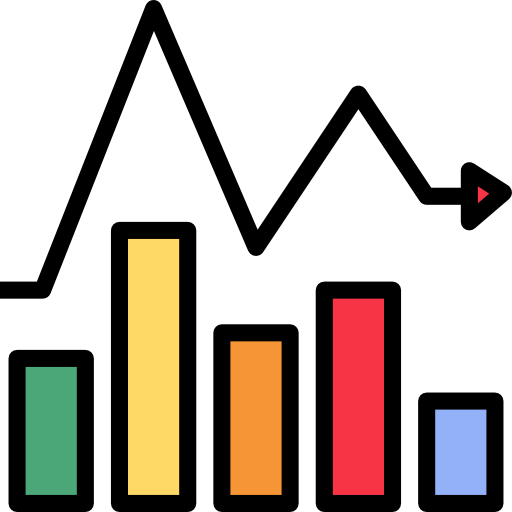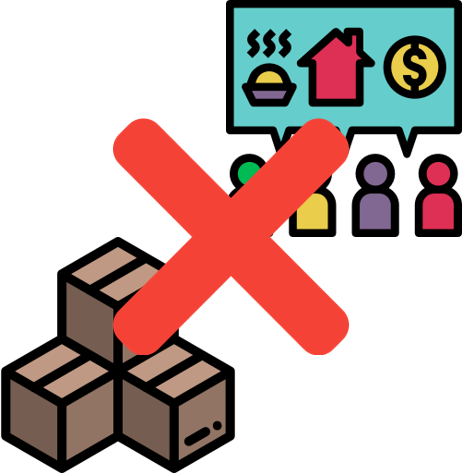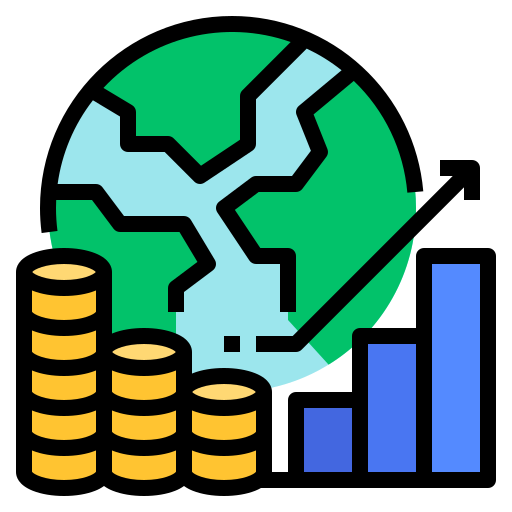Information is the Key to Future Success

Rubber market in a state of flux
The uncertainty of 2020 has caused a great deal of turbulence in the commodities markets and natural rubber has certainly also felt this impact. At the start of 2020, the Association of Natural Rubber Producing Countries (ANRPC), was forecasting an increase in production and demand (by 3.8% and 2.7% respectively) but now it has suggested an overall contraction in production this year. This is due to the slump in demand from car industries, and although glove manufacturers and other PPE producers have enjoyed steep increases in production requirements and spikes in their shares, such as TopGlove. PPE producers are well-placed to deliver on current market needs, however, these increases have not been enough to offset the overall decline.1
According to a recent rubber products global market report2, the market is expected to decline from $370.1 billion in 2019 to $358.5 billion in 2020 at a compound annual growth rate (CAGR) of -3.2%. However, the market is then expected to recover and indeed grow, at a CAGR of 7% from 2021 and reach $433 billion in 2023.

Supply and demand mis-match
In addition to these market movements, which have been difficult to predict, it is tedious to match supply and demand for natural rubber for multiple reasons. For instance, the 5-7 year time lag between the planting of the crop and production. And also the fact that smallholders generate the vast majority of the crop, and they continue to do so even when prices are low to earn more income.

Global factors impacting the rubber market
Other key factors around rubber markets are in flux. Global trade policies, crude oil prices (from which synthetic rubber is derived), the automobile industry, and increasingly those of medical and industrial products. Sustainable business practices and foreign exchange movements are also affecting the rubber markets. The forthcoming US presidential elections, coupled with the ongoing trade conflicts between the US and China, are creating further unknowns. How can this market survive and thrive with all these forces acting upon it?

Better access to information and more advanced deal structure
One of the key variables for all market participants to make the best decisions is access to relevant information, at the right time and in the right way. Another way is to contemplate how deals can be structured so that benefits can flow to all market participants. Technology is chronically underused in the rubber industry and needs to come to the fore to utilise these two outlets. Boston Consulting Group has indicated that there is $70 billion (US) to be gained in incremental value from commodities trading by deploying appropriate technologies. Additionally, the onset of the Covid-19 pandemic has created a further impetus for change, with new remote working environments and market movements.

Technology benefits for the rubber industry
Digitalisation is fundamentally important to eradicate concerns of fraudulence based on paper CAD systems and to speed up these processes. In addition, secure, cloud-based solutions can provide anytime, anywhere access for all size organisations, utilizing modern technology to enable instant pricing, trade execution, real-time information exchange, dynamic risk management and seamless post-trade processing.
The investment required in technology by smaller businesses has previously been a barrier to take up within the rubber industry. However, with more independent, collaborative platforms available today, this is no longer the case. They can now participate with no up-front costs, to raise their profile, take advantage of smart logistics and supporting services such as automated contracts, financing and marketing to reach international markets.
Matching the appropriate organisation to the appropriate opportunity, as a personalised outcome, for all sized businesses is now possible and can support the rubber industry as it seeks to overcome this most recent downturn. Technology can support its recovery and sustain it into its next period of growth, as it allows information to be used more effectively, in real-time, removing frictions within the supply chain, driving better decision making and better outcomes for all.
READ MORE
- Helixtap China report: China Rubber Market Outlook: Weather, Inventories, and Speculative Buying Drive Volatility
- Imports, Closures and Recycling Reshape Malaysia Tire Landscape
- China’s Tire Sector Shifts to Next Gear in Global Consolidation
- Sri Lanka Cushions U.S. Tariff Shock, Faces Twin EU Compliance Tests
- India Synthetic Rubber Demand on Import Leash as Tariffs Begin Biting
- Malaysia’s Rubber Industry Struggles to Regain Footing
- Seasonal Surge Lifts Vietnam’s Rubber Exports in June Amid Price Strain
- Weather Signals Point to Mixed Rainfall Across Rubber Belt